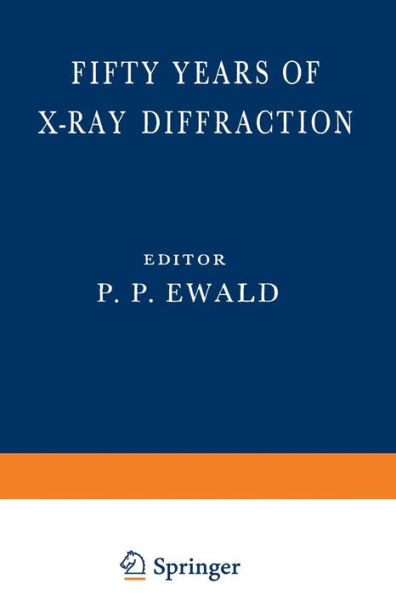Origin, Scope, and Plan of this Book In July 1962 the fiftieth anniversary of Max von Laue's discovery of the Diffraction of X-rays by crystals is going to be celebrated in Munich by a large international group of crystallographers, physi cists, chemists, spectroscopists, biologists, industrialists, and many others who are employing the methods based on Laue's discovery for their own research. The invitation for this celebration will be issued jointly by the Ludwig Maximilian University of Munich, where the discovery was made, by the Bavarian Academy of Sciences, where it was first made public, and by the International Union of Crystallo graphy, which is the international organization of the National Committees of Crystallography formed in some 30 countries to repre sent and advance the interests of the 3500 research workers in this field. The year 1912 also is the birth year of two branches of the physical sciences which developed promptly from Laue's discovery, namely X-ray Crystal Structure Analysis which is most closely linked to the names ofW. H. (Sir William) Bragg and W. L. (Sir Lawrence) Bragg, and X-ray Spectroscopy which is associated with the names of W. H. Bragg, H. G. J. Moseley, M. de Broglie and Manne Siegbahn. Crystal Structure Analysis began in November 1912 with the first papers ofW. L. Bragg, then still a student in Cambridge, in which, by analysis of the Laue diagrams _of zinc blende, he determined the correct lattice upon which the structure of this crystal is built.



